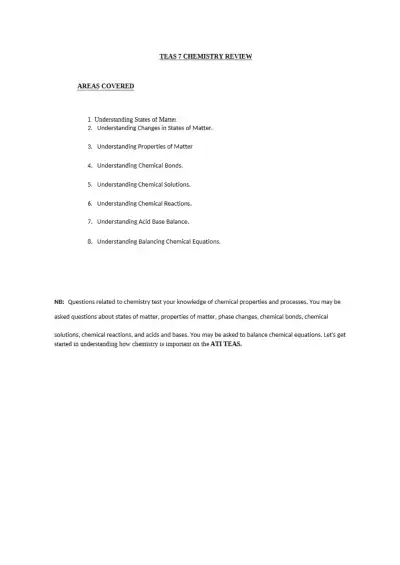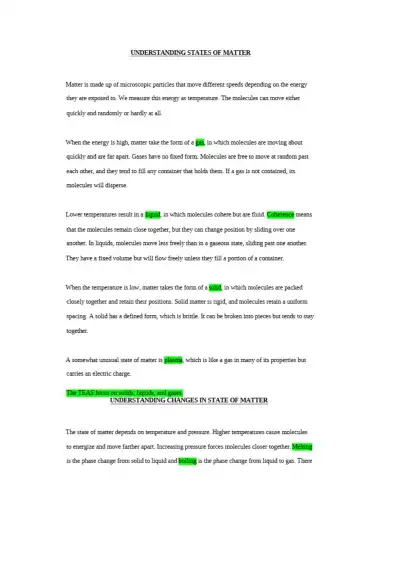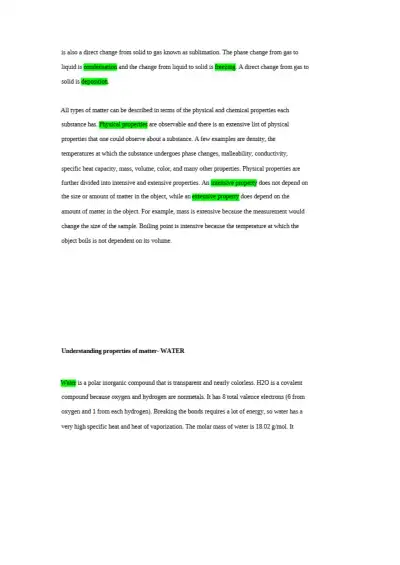Page 1

Loading page image...
Page 2

Loading page image...
Page 3

Loading page image...
Master TEAS 7 Chemistry with key topics: states of matter, bonds, reactions, solutions, acids/bases & balancing equations. Great for reinforcing core chemistry concepts
Loading page image...
Loading page image...
Loading page image...
This document has 10 pages. Sign in to access the full document!